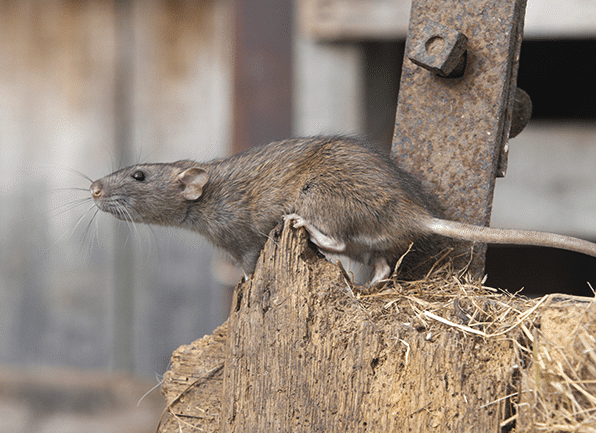Mice & Rats (Rodent) Identification
Mice and rats enter buildings in search of shelter, food, and warmth, but can easily become an out-of-hand problem. Even holes the size of a dime are no challenge. Rodents are rapid breeders who can easily invade and contaminate a home or workplace.
House Mouse
House mice are a small species of mice. They range in size from only about two to three inches. Their fur can be brown, grey, or even black. The fur on their stomachs is lighter in color than the rest of their bodies. They have fur on their tails, which makes them different from other mice. House mice have large ears that allow them to hear well.
House mice can be dangerous for a variety of reasons. House mice may carry fleas and ticks into your house. They are also carriers of diseases, and transmit bacteria through their urine and feces. House mice have an innate need to gnaw, and are non-discriminatory when chewing. They can chew through your favorite antique holiday decorations or your electrical wires, risking extensive damage or fires.

Biology and Behavior
Norway Rat
The Norway rat has shaggy brown fur with black hairs scattered throughout, and a gray to yellowish-white belly. They have a blunt muzzle, small eyes and ears, and a scaly bicolored tail. Signs of an infestation are the same as those for a house mouse, but Norway rat droppings are about ¾” in length. They are primarily nocturnal and much more cautious than mice, shying away from new objects and changes, making them more difficult to trap. Norway rats prefer to build burrows along river banks, under concrete slabs and other places outside, but they have been found in attics, basements, roofs, and sewers. Norway rats also carry diseases that can be transmitted to humans.
